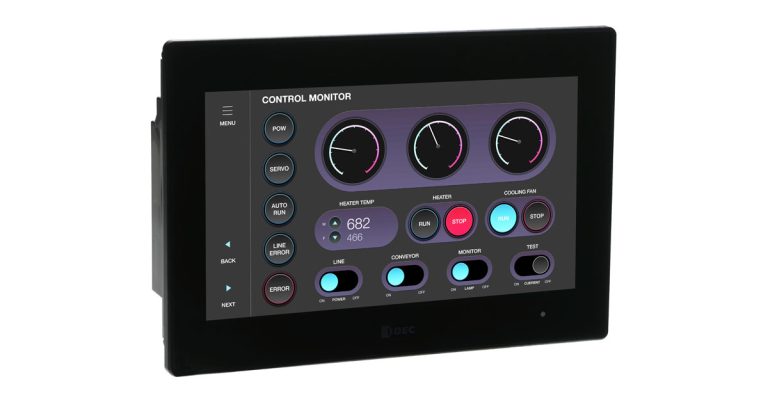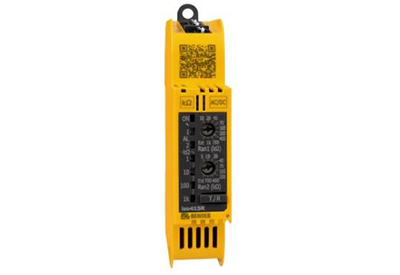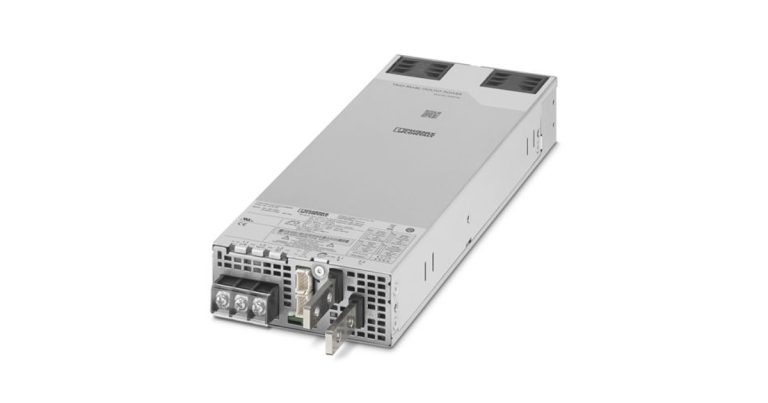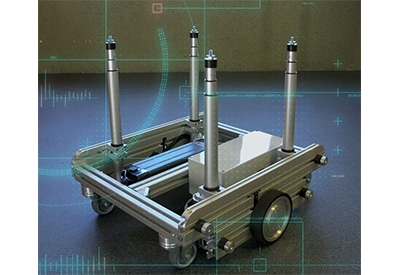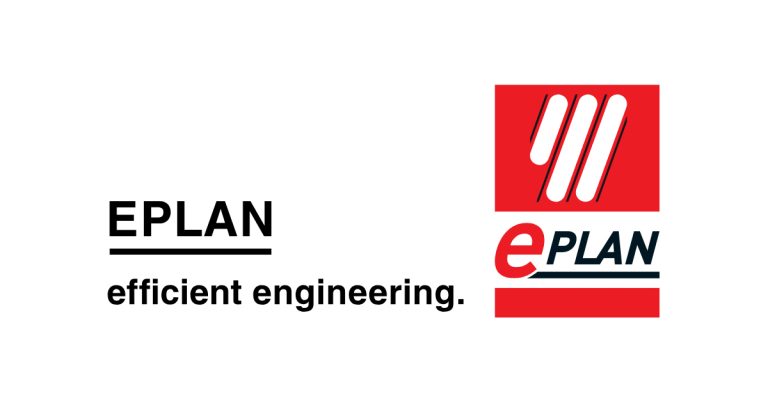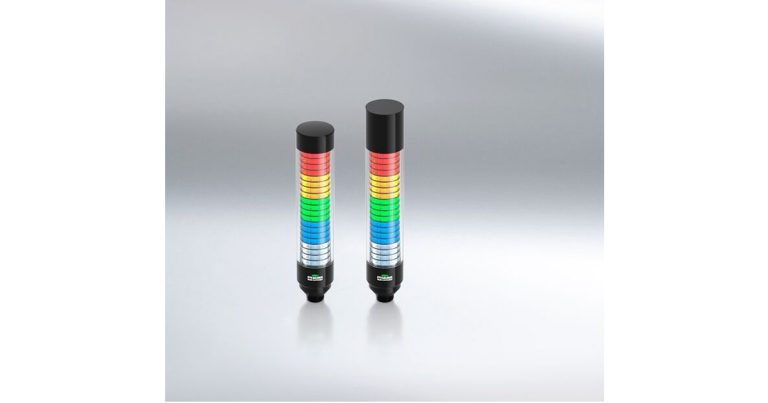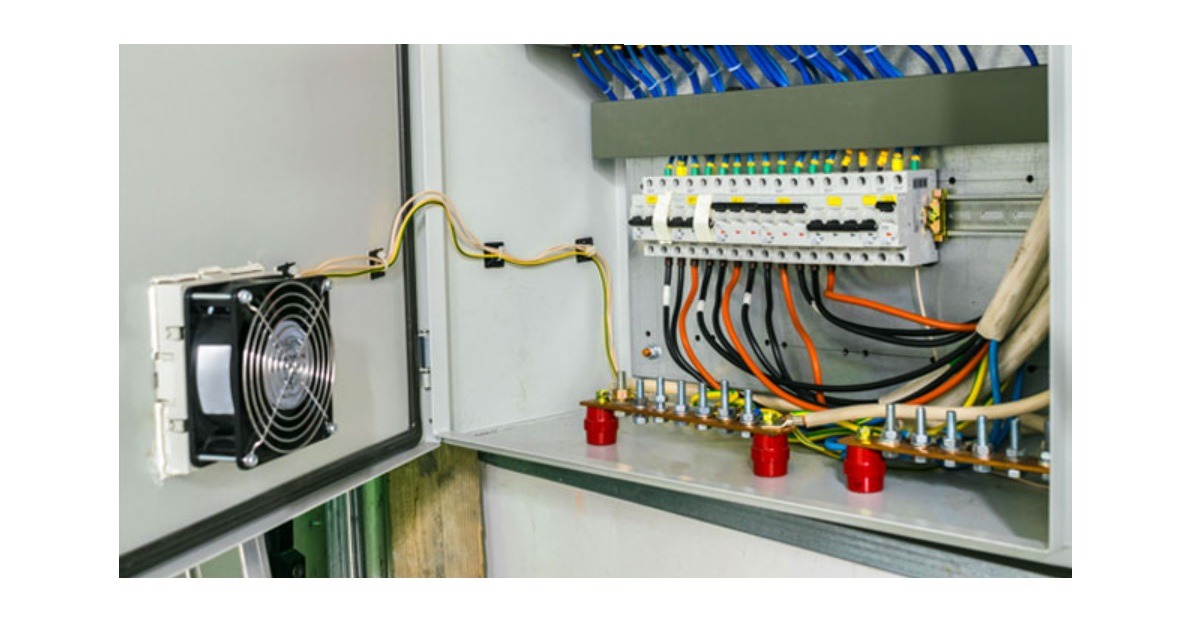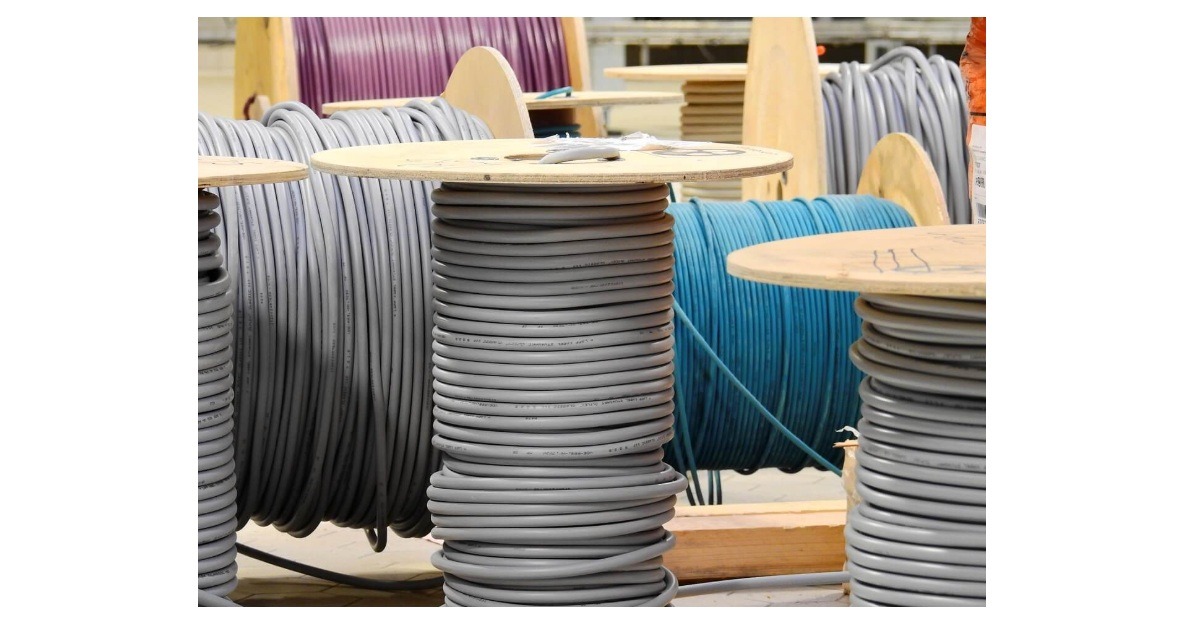Litmus Automation Launches New Ready Analytics on Intelligent Edge Computing Platform
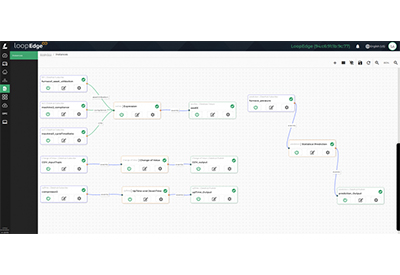
January 16, 2020
Litmus Automation, the Industrial Edge Intelligence company, today launched Ready Analytics for LoopEdge, their Edge Computing Platform for Industrial IoT. The new purpose-built analytics dramatically reduce manual setup and configuration time, accelerating time-to-value and data intelligence at the Edge.
New LoopEdge Ready Analytics features include:
- Time series analysis functions that monitor data over time, such as inputs average, inputs maximum/minimum, inputs summation and more.
- Ready-to-go key performance indicators (KPIs) such as asset utilization, uptime/downtime, actual production time, cycle time ratio, compliance and production loss, total units manufactured, capacity utilization and more.
- Live data fed to user-created machine learning models to generate desired outputs such as prediction, anomaly detection and more.
- Special functions such as statistical anomaly detection, statistical prediction and mathematical expression.
“LoopEdge has always done a great job of collecting and normalizing data from any type of hardware – but now we are improving the workflow with KPIs and key analytics that bring more intelligence to the edge,” said Vatsal Shah, Co-founder and CEO of Litmus Automation. “We’ve taken away the pain and hassle with ready-made features, allowing our customers to reduce the time and money spent creating complicated functions. Of course, they can always customize analytics, but the benefit of realizing valuable data with just a few clicks cannot be overstated.”
Litmus developed the new Ready Analytics functions for LoopEdge over the past year, based on common industrial customer use cases. The new functions are scalable in a horizontal setup, such as general plant monitoring or vertical integration, such as CNC monitoring. No additional effort is needed to scale to any number of nodes once LoopEdge is installed. As soon as data is collected, users can select various analytic functions and manufacturing KPIs. Customers can also visualize and integrate the analyzed data into their larger ecosystem either on-premise or in the Cloud.

